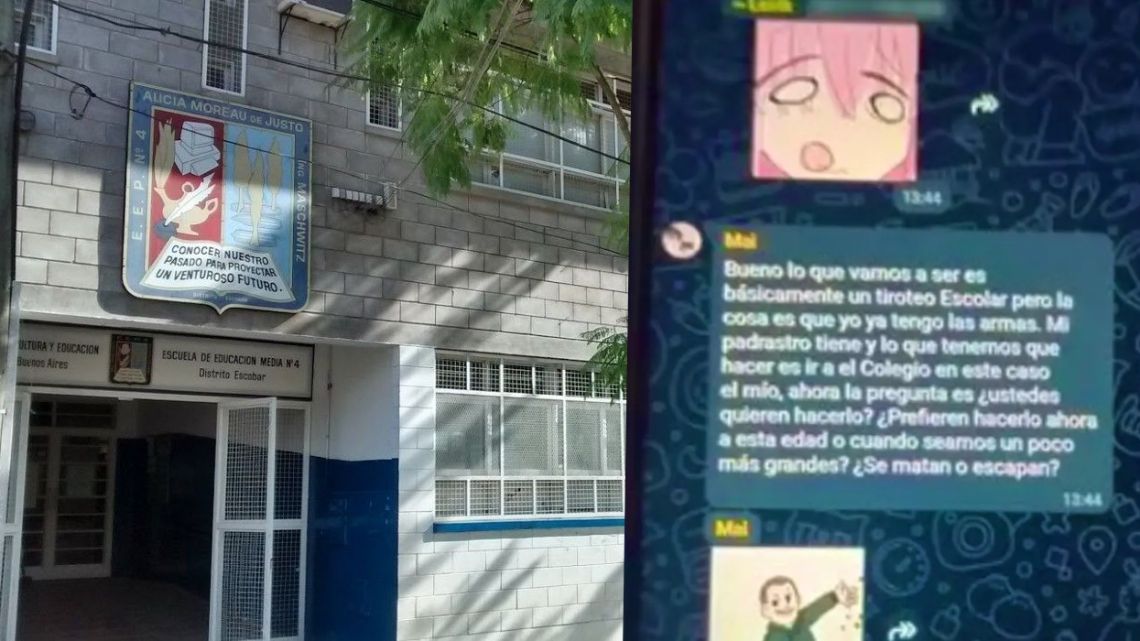The Pentagon has escalated its military presence in the Middle East, deploying a second aircraft carrier strike group as tensions with Iran mount.
Defense Secretary Pete Hegseth ordered the USS Carl Vinson to join the USS Harry S. Truman in the region, signaling a robust response to Iranian threats and ongoing instability.
The decision comes during heightened U.S. airstrikes against Iran-backed Houthi rebels in Yemen and amid fears over Iran’s nuclear ambitions. The USS Carl Vinson, a Nimitz-class nuclear-powered aircraft carrier, will arrive after completing Indo-Pacific exercises.
It participated alongside French and Japanese naval forces. Its deployment follows the extension of the USS Harry S. Truman’s mission in the region, creating a dual-carrier presence that amplifies U.S. military capabilities.
Each carrier group includes advanced fighter jets, surveillance aircraft, and missile-equipped warships, emphasizing America’s readiness to deter aggression and safeguard regional stability.
 Pentagon Deploys Second Aircraft Carrier to Counter Iran Amid Rising Middle East Tensions. (Photo Internet reproduction)
Pentagon Deploys Second Aircraft Carrier to Counter Iran Amid Rising Middle East Tensions. (Photo Internet reproduction)The Pentagon has also relocated six B-2 Spirit stealth bombers to Diego Garcia in the Indian Ocean, enhancing U.S. strike capabilities against potential targets in the Middle East.
These bombers, equipped for conventional and nuclear missions, provide strategic flexibility as tensions escalate. Defense officials have declined to disclose operational details but emphasized their readiness for decisive action.
U.S.-Iran Standoff and Regional Security Challenges
Iran’s leadership has responded with strong rhetoric. Supreme Leader Ayatollah Ali Khamenei warned of “a heavy blow” if attacked by the U.S. or Israel. Revolutionary Guards commanders echoed these threats, highlighting vulnerabilities of American bases in the region.
Meanwhile, President Donald Trump issued an ultimatum for Iran to agree to a new nuclear deal within two months or face military consequences. The U.S.-Iran standoff coincides with intensified operations against Yemen’s Houthi rebels, who have targeted commercial shipping in the Red Sea.
American airstrikes have reportedly killed dozens, including civilians, while targeting key Houthi figures. The rebels remain defiant, claiming attacks on U.S. naval assets and vowing continued resistance.
This dual-front strategy underscores America’s complex security challenges across multiple regions. While bolstering its presence in the Middle East, Washington continues strengthening alliances in the Indo-Pacific to counter China’s influence.
The USS Nimitz recently began operations in the Western Pacific as part of this broader effort. The simultaneous deployment of two carriers in the Middle East marks a rare show of force aimed at deterring Iran while addressing maritime security threats from Houthi rebels.
These moves reflect heightened geopolitical stakes and underline Washington’s commitment to protecting its interests amid growing instability.
The Pentagon’s actions signal a critical moment for U.S.-Iran relations and regional dynamics. Whether this military buildup leads to diplomacy or deeper conflict will shape the Middle East’s trajectory in the months ahead.

 By The Rio Times | Created at 2025-04-02 09:21:19 | Updated at 2025-04-04 18:46:10
2 days ago
By The Rio Times | Created at 2025-04-02 09:21:19 | Updated at 2025-04-04 18:46:10
2 days ago








